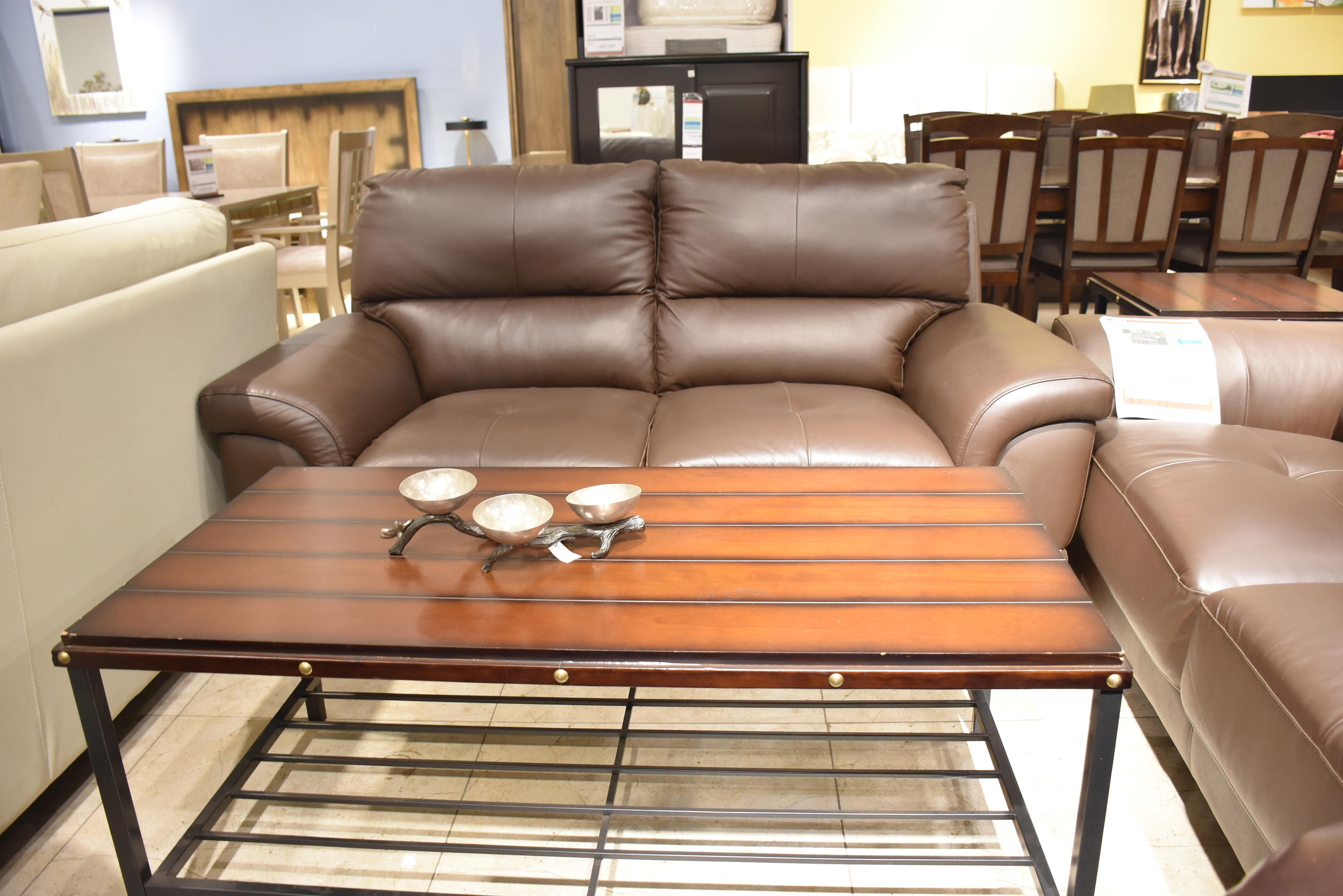Prime
Does cost guarantee the quality of your furniture?

Although leather upholstered furniture has more longevity, it is more affordable than woolen and linen ones. PHOTO | PROMISE TWINAMUKYE
What you need to know:
- While cheap furniture is budget friendly, it is neither good for the environment nor for the consumer as it will probably have to be replaced sooner than quality furniture.
Much as investing in a house, buying furniture should be done with utmost consideration and care. Franklin Nsubuga Kiwanuka, the head of marketing at Footsteps Furniture, says the production of quality furniture starts with making thorough research into the new developments and having knowledge of what other markets are designing at the particular period.
Nsubuga says: “It is essential to make in depth research on your customer’s needs in order to design the best products with the trending innovational designs.”
Nevertheless, while we might think good quality furniture is determined by its cost, there are several others factors used to determine the cost and quality of furniture.
Type of wood
Generally, good furniture is heavy. Depending on the type of wood used, this will determine the price and quality of furniture. For instance, wood furniture should feel safe to lean against without it swaying. When it comes to chairs and sofas, it is important to feel the fabric.
“People should not test chairs for instance by just sitting in them. Touch and feel the quality of the fabric and that will help you identify the quality of furniture you are buying. Good fabric has a pleasing tactile quality and is comfortable to the touch,” Nsubuga says.
Technology
The integration of machines into the construction of furniture has enabled production of high quality furniture. The level of technology used also determines how furniture is priced.
Jonathan Nsimbe, the assistant marketing manager at Biplous Uganda Limited, Ntinda branch, machines help make top-notch furniture that enable customisation of furniture designs, enhancing finishing and surface treatments which in turn commands higher prices while meeting diverse customer preferences.
Government policies
It is the mandate of the government to protect and promote the products from the local industry from facing undue competition from imported products with inferior quality.
With the Buy Uganda, Build Uganda (BUBU) policy that prioritises consumption of home-made furniture, consumers have been encouraged to purchase local products. One of the incentives for buying locally made furniture is that it is fairly priced because the manufacturers pay lower taxes than the imported products.
“You might find inferior exported furniture that is more expensive than high quality the local furniture. This is because even if it is not luxurious, it is still highly taxed. It is therefore, dangerous to judge the quality of furniture simply basing on its price,” says Nsimbe.
Additionally, there are organisations that formulate guidelines to consistently achieve recognised standards for production of goods such as International Organization for Standardisation (ISO) and the Uganda National Bureau of Standards (UNBS). These certify and give recognition for manufacturers of furniture for the quality of products they put on the market.
Consumers should therefore, look for furniture that bears these certification marks as they attest to its superior quality.
End user
Sometimes the cost of furniture is determined by the consumer’s tastes and preferences. Customised furniture can be more costly depending on design complexity, size, additional features (such as built-in storage, or electric components) and functionality.
General state of furniture
While the furniture industry in Uganda is experiencing remarkable progress thanks to government policies such as BUBU, there is still need for skill development and training.
“Much as there are more companies and individuals producing furniture, emphasis should now be put on the quality of the products being put on the market. While the local manufacturer has the advantage of price, they should also endeavor to produce the kind of furniture worth competing globally. This will bring more quality products on the market and even tap into the export market,” Nsimbe says.
Customer preferences
With the increase in use of internet, the market is more sophisticated and has high standards.
“Consumers get inspiration from Pinterest, Instagram and YouTube, which makes them more demanding. Their tastes are more refined, so it is up to local manufacturers to produce furniture that meets those standards,” Nsimbe notes.
Creativity and efficiency
While creative ideas drive innovation and uniqueness, efficiency ensures that these ideas are executed in a cost-effective and timely manner which in turn results in high quality furniture that meets the demands of both the market and consumers.
“It is essential to creatively think of furniture design concepts, materials, the process and technology to use when making furniture because all the factors you put into production bring you back returns. Satisfying your customer needs makes you efficient therefore, increasing production” Nsimbe notes.
Future of furniture
With the increased advancement in technology, the future of furniture is anticipated to incorporate full automation and computerised designs.
Kiwanuka says, “In a bid to increase productivity and improve quality of furniture, the era of technology integration in the furniture industry will enable manufacturers to invest in machinery that can make and design smart, high end and durable furniture.”
Additionally, while the world is moving to the use of more sustainable and eco-friendly things, the future of furniture is also expected to produce innovative and eco-friendly products that cater to a variety of lifestyles and needs while prioritising environmental responsibility and conservation of resources.
This, in itself will soon become a very crucial consideration for eco-conscious consumers. This will essentially drive all cheap furniture that is not crafted to last out of the market. While cheap furniture is budget friendly, it is not the best for the environment as it will probably have to be replaced quicker than quality furniture.
A lot of this furniture also focuses on current trends and is built to be disposed when the next best thing comes along, this might seem as a bargain but is ultimately more expensive than buying quality furniture.




